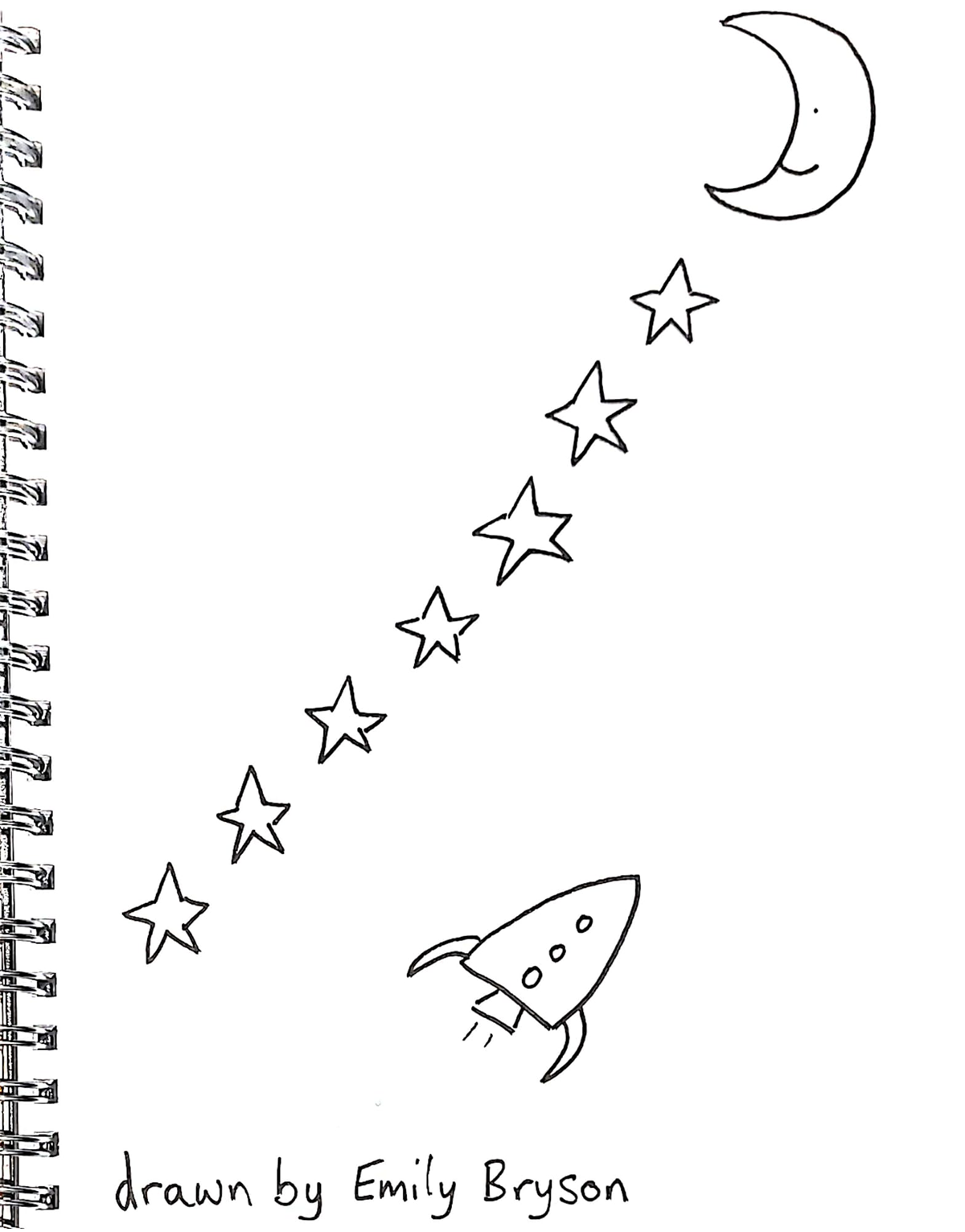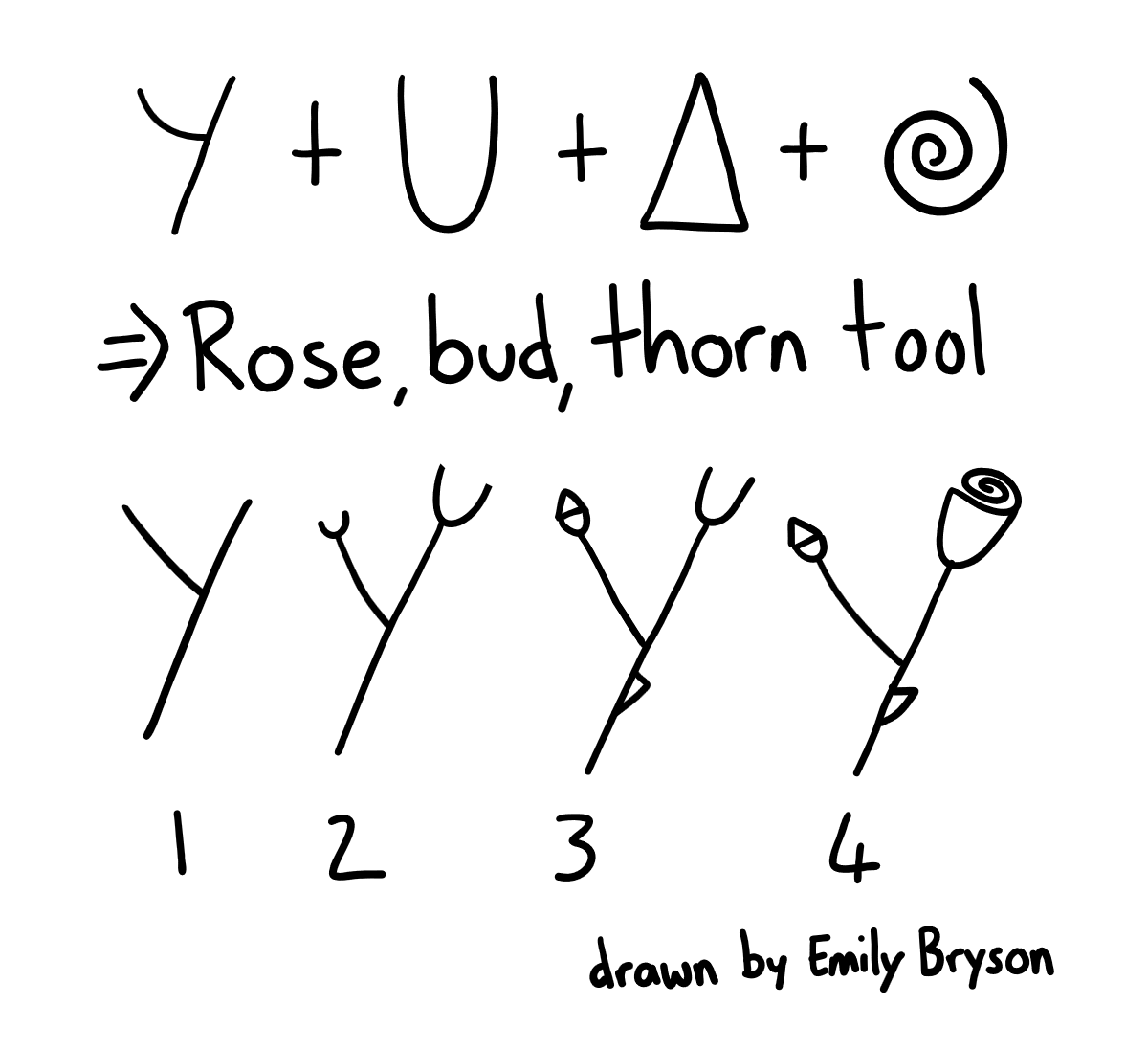A learning journal is a personal record of the past, present, and future of your learning. It's a great way to look back at how much you've learned, think about what works best for you, and plan ways to learn even more in the future. You can also use it to note down how you felt doing different tasks or activities.
This blog post shares some ways that you can use a learning journal for your English language learning.
1. Planning
Planning your learning helps you to know what you need to do—and do it!
Use your journal to:
- note your schedule for the day, week, or month
- list your homework tasks (and check them off when you finish them!)
- write down your goals (and take notes of ways to achieve them)
Each day, week, or month, ask yourself:
- What do I want to do?
- How can I do it?
- What can I do better?
Take notes and do the work. Then, in the future, read your notes again and look back at how you have changed!
2. Tracking progress
Ellii helps you to plan and track your learning. But having a paper journal is a great way to think about this over a period of time.
At the end of each class, you could think about how confident you feel. Give yourself a number from 1 (not confident) to 10 (very confident). Write this down on one page of your journal. Over time, you will see the numbers changing!
You can also draw a rocket to the moon and some stars in your journal. The moon is where you want your English to be (for example, B2 level). Give each star a goal (for example, get confident with present perfect progressive). As you meet each goal, color in one of the stars.

3. Reflecting
When we reflect, we look back at our learning. It can be helpful to ask ourselves these questions at the end of every class:
- What did I learn?
- How did I feel?
- What worked well?
- What do I want to do differently next time?
- What questions do I have?
A fun way to do this is by drawing a rose, a bud, and a thorn in your journal. Next to the rose, write something good that happened. Beside the bud, write something that you are excited about or an idea you had. And by the thorn, write something that you need to work on or get help with.
You can draw the rose, bud, and thorn yourself, or print this worksheet.


4. Daily diary
Every day, we do a lot of things. Keeping a diary of your day in English is a fantastic way to practice the language. You could even sketchnote your day by adding simple drawings. Try to use grammar or vocabulary that you have learned recently or need to practice.
5. Writing prompts
Starting a daily journaling habit means that you will spend 5–10 minutes a day writing in English. Over time, that adds up to 35–70 minutes per week, 2–5 hours per month, and 30–60 hours per year. Just think how much your English can improve in that time!
But sometimes, finding things to write about can be hard. Here are 35 ideas to get you started:
Journal Prompts for Writing Practice
6. Ideas
Some of the best ideas never happen because we don't write them down! Keep notes of your ideas and things you want to try in your journal—for example, a podcast you want to listen to or TV show in English that you want to watch. That way you can look at the list when you have time and choose one of them.
Have you tried journaling to help you learn English? Which of these ideas do you want to try? Share your ideas and advice for other learners in the comments.


There are no comments on this post. Start the conversation!